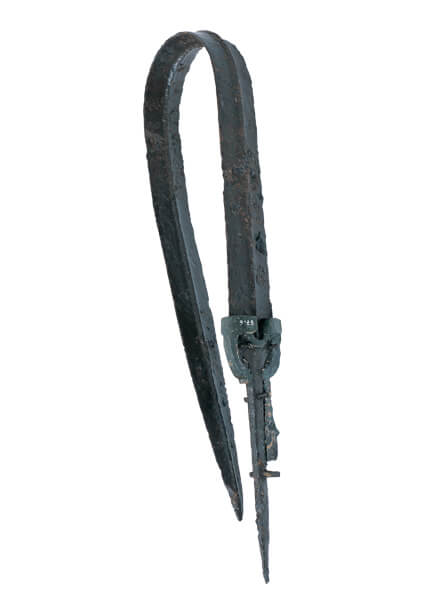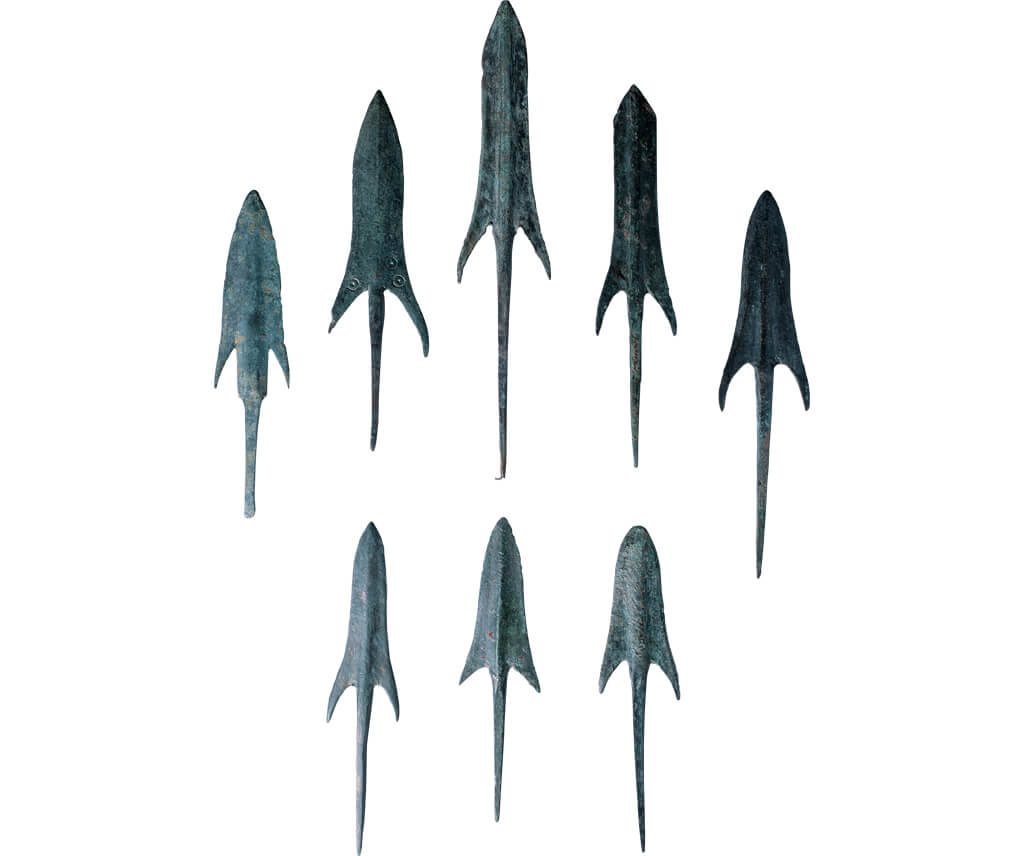Information on swords and daggers, defined as Urartian offensive weapons, comes from archaeological findings. In particular, there are many examples that have been discovered as grave gifts in graveyard areas. Standard production techniques indicate that the Urartian weapons industry has an important item.
It is understood that the Urartians, we know that they handle quite well the iron, exhibited characteristic approaches with the application techniques in especially the pistol grip section of the swords and daggers. barrel / body section of the swords ranging in length from 40-70 cm is narrow and long, in backboned form, narrowring towards the tip and tapering. The barrel section is machined in forging technique.
The length of the pistol grip on the sword and dagger varies between 10-15 cm. It consists of hills, handle and crossguard section. The crossguard is located at the junction of the barrel with the handle/piston grip and the piston grip ends with a conic cap stone. Some different techniques are also seen in the production of the handle. The pieces of the pistol grips are mostly poured separately and attached to the main body with rivets. Sometimes it was sorrounded with a bronze frame, sometimes its edges were raised (Flanged) by swaging to settle the indent, sometimes it was made more mobile with a cylindrical insert. The gaps formed in the piston grip were filled with bone, wood and ivory plates with the help of rivets.
It is learned from the archaeological findings that the swords are kept in a wooden sheath. The tip/boot part of the sheath may be of bronze. Again the narrow edges are reinforced with bronze strips.
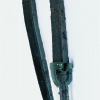
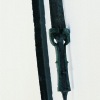
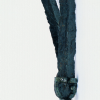
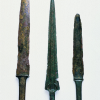
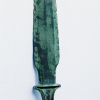
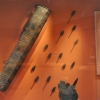
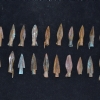
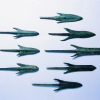
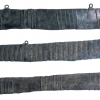

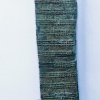
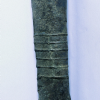
HANÇER - BIÇAK ÖRNEKLERİ
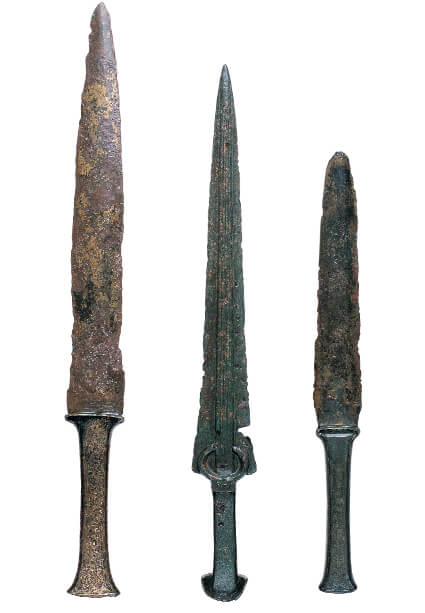
KILIÇ
